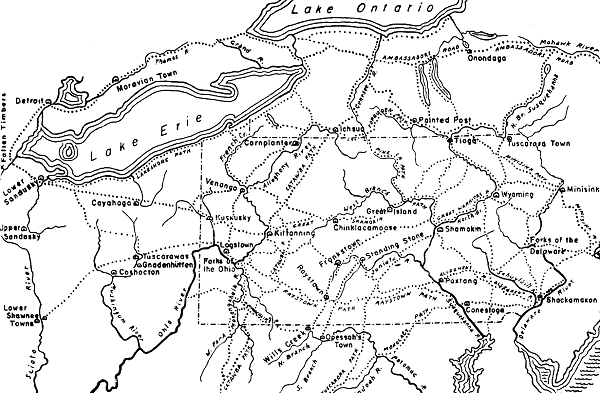Long before any white settlers arrived in North America, Native Americans had carved a considerable network of footpaths across the continent. Many of the roads and highways of today owe their existence to these earlier trails. These American footpaths are often based on game trails, most notably from the vast herds of buffalo.
One of the characteristics of Native American footpaths is that they tended to follow heavily wooded lands. The vegetation provided them with cover from other tribes, some of who might be hostile.
War paths, on the other hand, followed higher elevations and mountain ridges. The additional elevation provided better observation vantage points.
Most Native American paths were used for hunting, commerce and communication. The engineering of these paths was incredibly sophisticated - paths were often direct, consisted of level footing and for the most part avoided wet, swampy bottom lands. Moreover, the paths were often found on the far side of hills and mountains, thus avoiding the brunt of bad weather.
Route 40 owes its existence to many Native American paths including Nemacolin's Path from Cumberland to Brownsville, and the Mingo Path between Brownsville and Wheeling. West of the Missouri River, great sections of Route 40 closely parallel centuries-old Native paths.
Here are Native American footpaths that contributed to the development of U.S Route 40.
View user comments below.
|
 |
 |
Map of Native footpaths.
|































